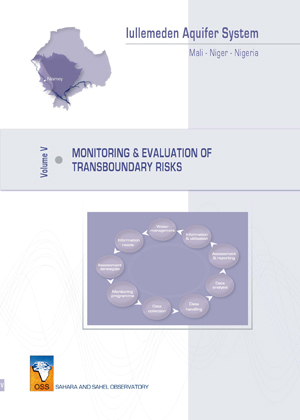The study of hydrogeological risks of the Iullemeden Aquifer System (IAS) shared by Mali, Niger and Nigeria powered the countries with essential assets for coordinated and concerted water resource management. This action strengthens their capacities and provides to them available common tools: a Database, a Geographic Information System and a Mathematical Model. Countries have adopted the creation and establishment of a consultation mechanism to sustain the achievements and work towards integrated, coordinated and sustainable SAI water resources.
After updating knowledge of the system, it is necessary to establish a monitoring network of aquifers. However, there is still no reference piezometric network across the entire basin that can monitor and assess water resources in term of quantity and quality, to alert the decision makers to control and mitigate transboundary risks or impacts on their common resources.
This paper is a methodological guideline for officials responsible assigned for managing water resources to implement network(s) for monitoring and assessment of transboundary aquifers of the IAS that will strengthen cooperation between riparian countries jointly exploiting the resource.
It is strongly inspired by the methodology developed by the European Economic Commission (EEC) on strategies for monitoring and evaluation of transboundary groundwater. It also draws on experiences and lessons learned from the study lead by OSS on the North Western Sahara Aquifer System shared by Algeria, Libya and Tunisia. The approach and steps to monitor and evaluate groundwater aquifers is widely developed.








